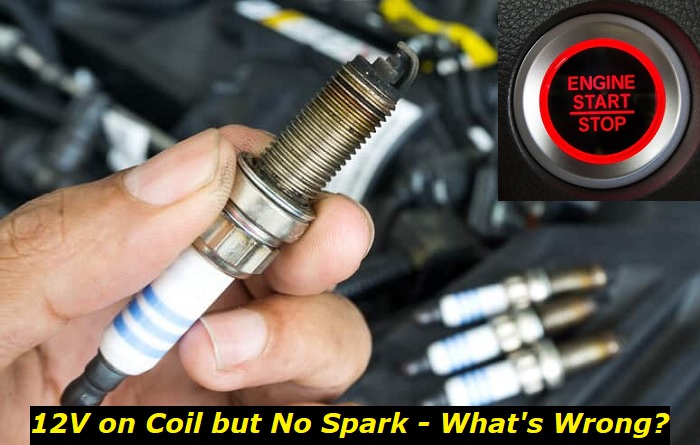The endothelin A (ET-A) receptor plays a crucial role in regulating vascular tone and blood pressure. This article focuses on the characterization and physiological significance of the sheep endothelin A receptor (ET-A) in vascular function, highlighting the receptor’s impact on sheep vascular physiology. By understanding these mechanisms, researchers can further explore therapeutic strategies for managing cardiovascular diseases in sheep and other species.
1. Endothelin A Receptor Overview
Endothelin receptors are a group of G protein-coupled receptors primarily involved in the regulation of vascular tone. The endothelin A receptor (ET-A) is one of the two main types of endothelin receptors, with the other being the endothelin B receptor (ET-B). ET-A receptors are primarily responsible for the vasoconstrictor actions of endothelin-1, a potent vasoconstrictor peptide. In sheep, as in other mammals, the activation of these receptors leads to smooth muscle contraction, which has a direct effect on blood vessel constriction and blood pressure regulation.
2. Role of ET-A Receptor in Sheep Vascular Function
The sheep endothelin A receptor is central to the regulation of vascular resistance. When endothelin-1 binds to the ET-A receptors located on the vascular smooth muscle cells, it triggers a cascade of intracellular signaling pathways, primarily involving the activation of phospholipase C and the subsequent increase in intracellular calcium levels. This calcium influx causes smooth muscle contraction, resulting in vasoconstriction. This process is critical for maintaining vascular tone and ensuring proper blood flow distribution, particularly during stress or when adapting to environmental changes.
3. Endothelin A Receptor and Blood Pressure Regulation
In sheep, the endothelin A receptor plays a pivotal role in modulating blood pressure. By regulating vascular tone, the receptor helps maintain appropriate blood pressure levels. When endothelin-1 is released, particularly during situations such as hypoxia or stress, it binds to the ET-A receptor and induces vasoconstriction. This vasoconstriction is essential in regulating blood flow to critical organs, especially under conditions where the body needs to prioritize blood supply to certain areas. However, chronic activation of the ET-A receptor may contribute to pathophysiological conditions, such as hypertension, highlighting the delicate balance the body must maintain in regulating this receptor’s activity.
4. Therapeutic Potential of Targeting the ET-A Receptor
Given the central role of the sheep endothelin A receptor in vascular physiology, it has become a target for therapeutic interventions aimed at managing cardiovascular conditions. Selective ET-A receptor antagonists have been studied for their potential to reduce hypertension and improve vascular health in sheep. By blocking the vasoconstrictive effects of endothelin-1, these antagonists could offer a promising approach to treating conditions such as pulmonary hypertension, heart failure, and other disorders linked to excessive vasoconstriction.
Final Thought
The endothelin A receptor is a vital component of sheep vascular physiology, influencing blood vessel constriction, blood pressure regulation, and overall vascular function. As research advances, a deeper understanding of the receptor’s role could lead to innovative therapies for cardiovascular diseases. At Capralogics, we continue to explore the molecular mechanisms underpinning vascular health and the therapeutic potential of endothelin receptor modulation in livestock and other species.

